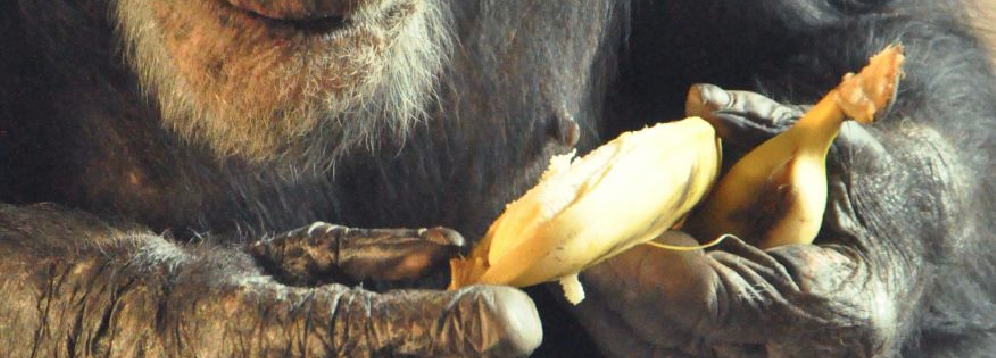Science NOW
Image: greenzowie
The appendix may not be useless after all. The worm-shaped structure found near the junction of the small and large intestines evolved 32 times among mammals, according to a new study. The finding adds weight to the idea that the appendix helps protect our beneficial gut bacteria when a serious infection strikes.
Charles Darwin was one of the first scientists to theorize on the function of the appendix, which in his day had been identified only in humans and other great apes. He hypothesized that the distant ancestors of these animals survived on a diet of leaves, and so they required a large cecum, a portion of the gut that houses bacteria that can break down stubborn plant tissue. Later, he speculated, these ancestors shifted to a largely fruit-based diet that was easier to digest. A large cecum was no longer necessary, and it began to shrink; today our cecum is tiny. Darwin thought the appendix, which juts off of the cecum, is one of its former folds that shriveled up as the cecum shrank. Consequently, he thought it carried no function.
But some scientists have challenged the idea that the appendix serves no purpose. Read more on the Science NOW website…








